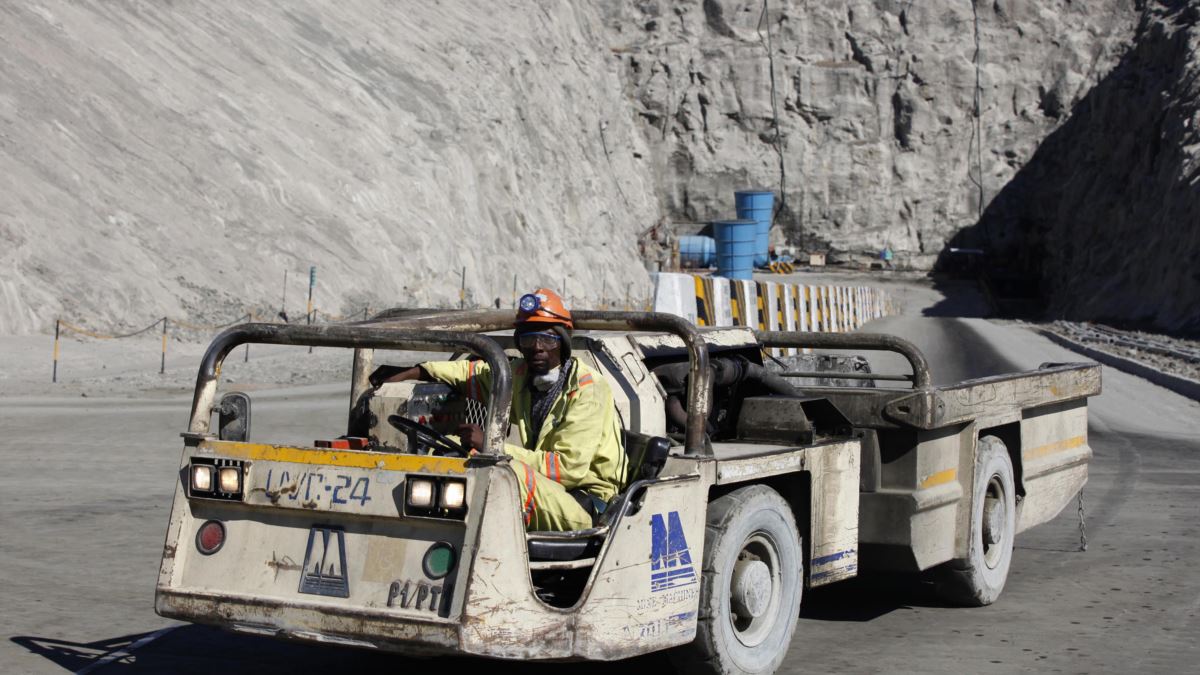Zimplats remains bullish despite PGM price slump
Zimbabwe’s largest platinum producer, Zimplats, remains confident despite the global slump in Platinum Group Metals (PGMs) prices, citing past experience of navigating similar downturns in 2008 and 2014 as proof of the company’s resilience.
Plummeting by over 50 percent in some cases, the PGM metal prices are threatening the financial viability and sustainability of most mining producers in the industry, with some already having announced cost cutting measures to stay afloat.
Weak automotive demand, fuelled by the rise in electric vehicles, has sent prices of PGM–crucial for curbing emissions in combustion engines – tumbling over the past year.
Prices of palladium and platinum, fell by roughly 40 percent and 15 percent, respectively.
Global PGM producers and mining analysts predict continued sluggishness in prices in the short to medium term. Zimplats specifically estimates this could last 12 to 18 months, while Mining.com predict price instability might prolong beyond 2027.
Zimplats said it was no exception and was facing similar challenges to those confronting other producers in the PGM industry as a result of the price slump and was “critically reviewing” its business operations to withstand the ongoing challenges.
Spokesperson, Busi Chindove, said Zimplats’ immediate focus was on improved productivity, maintaining sustainable volumes and cost reduction measures that keeps the company’s growth strategy alive including its US$1,8 billion expansion programme.
This week, Zimplats announced job cuts in response to the global price slump of PGMs although the company remained tightlipped on the number of workers the firm wanted to offload.
Chindove acknowledged the challenging market conditions and the need for cost-cutting measures. Chindove emphasised the importance of aligning spending with current metal prices to achieve a “strategic objective of being cash positive.”
“Zimplats is clear that the long-term fundamentals of the PGM sector remain strong and is committed to contributing to a sustainable future and competitiveness of the industry,” Chindove said.
“In response to the sharp decline in PGM pricing, Zimplats is implementing stringent cost preservation to protect the business from the enormous pressure on profitability and cash flow on our operations, safeguard the business and to preserve, as much as possible, the jobs of more than 8 000 people employed by the company, both permanent and contract.”
Chindove said low PGM prices had necessitated a strategic realignment to ensure the business remained sustainable. This implied cost-cutting measures must be in line with current metal prices, with the ultimate goal of achieving a positive cash flow.
“Regrettably, labour optimisation initiatives must be implemented urgently to secure the business, and the bulk of jobs in the company. To this end, the latest offer for voluntary retrenchment is part of that response,” said Chindove.
“Our team has sought to ensure that Zimplats retains production capacity and the integrity of our infrastructure, and that we remain socially and environmentally responsible and compliant. We also seek to minimise the impact of spending cuts on our growth strategy, which includes a US$1,8 billion expansion programme. The programme comprises several projects at various stages of execution.”
Early this month, another platinum miner, Mimosa Mining Company, disclosed it was cutting costs by laying off 33 managers and shelving a major expansion project in response to falling global metal prices.
The company said platinum prices fell by at least 35 percent since April last year, hitting its cash flows and profit margins.
“The outlook is that the prices will remain depressed in the medium term. In view of this, we have had to implement several measures to ensure that our business remains viable in the low-price metal environment,” Mimosa said in a statement.
Sibanye-Stillwater jointly owns Mimosa mine with Implats. Anglo American Platinum wholly owns Unki Platinum mine while Implats controls Zimplats.
Sibanye-Stillwater reduced planned job cuts at its South African platinum mines to 2 600 from the initial figure of 4 000 after intense discussions with stakeholders.
In the half year to December, revenues at Zimplats dropped a record 32 percent to US$372,8 million, translating to a 94 percent fall in profits before tax to US$14,2 million.
Zimplats reported a loss of US$8,8 million, compared to a profit of US$159,6 million in the same period last year.
The ripple effects of the price crisis will be far-reaching for Zimbabwe’s economy according to observers.
Minerals account for a staggering 75 percent of the country’s export earnings, with platinum being the second-largest contributor after gold.
The dependence on mineral exports makes Zimbabwe vulnerable to fluctuations in global commodity prices.
The slump in global platinum prices also threatens to exacerbate Zimbabwe’s already precarious balance of payments.
The decline in export earnings, the country’s lifeblood of foreign currency, comes at a particularly inopportune moment as the country is likely to need more foreign exchange to import food in light of projected severe shortages due to the impacts of the El Niño-induced drought.
Furthermore, the price slump could significantly impact ongoing new platinum projects, potentially stalling them due to a cash squeeze.
For instance, Tharisa, a South African mining firm postponed the opening of its Karo Platinum Mine in Zimbabwe.
The mine was originally to start production in July 2024 but the commissioning date is now June 2025.-ebusinessweekly










